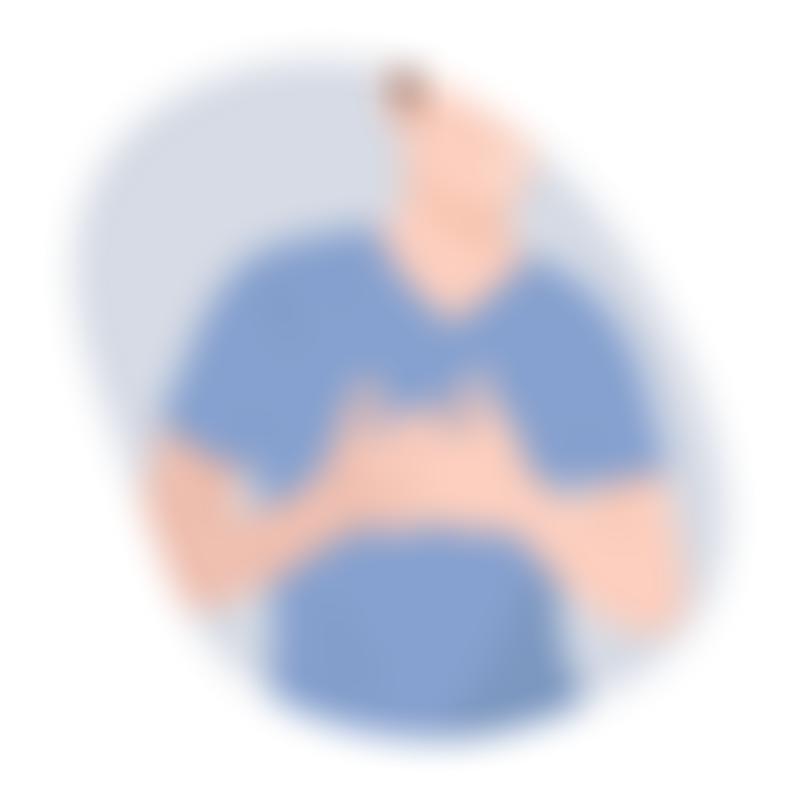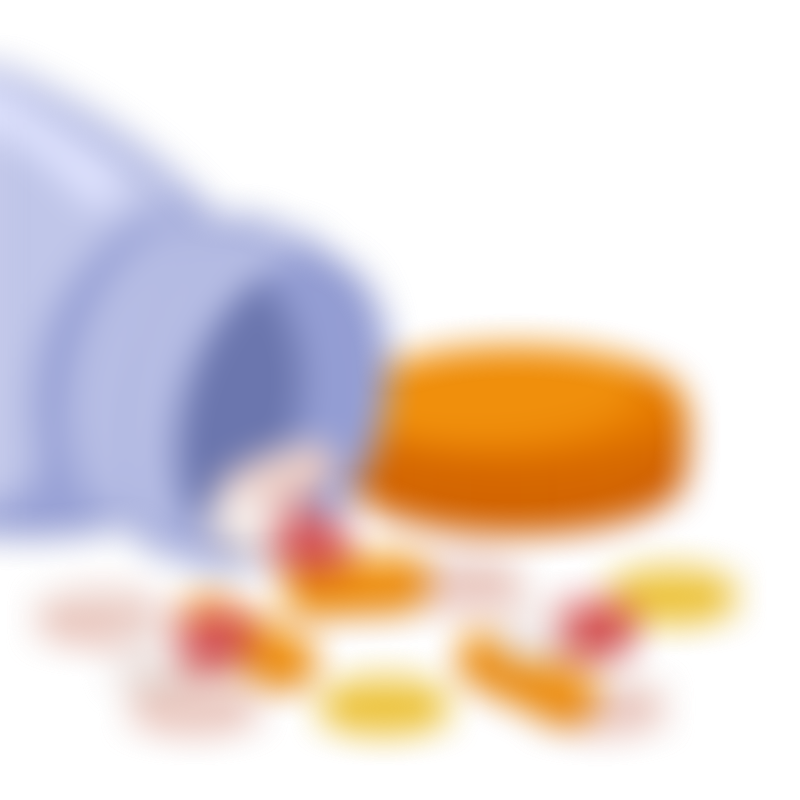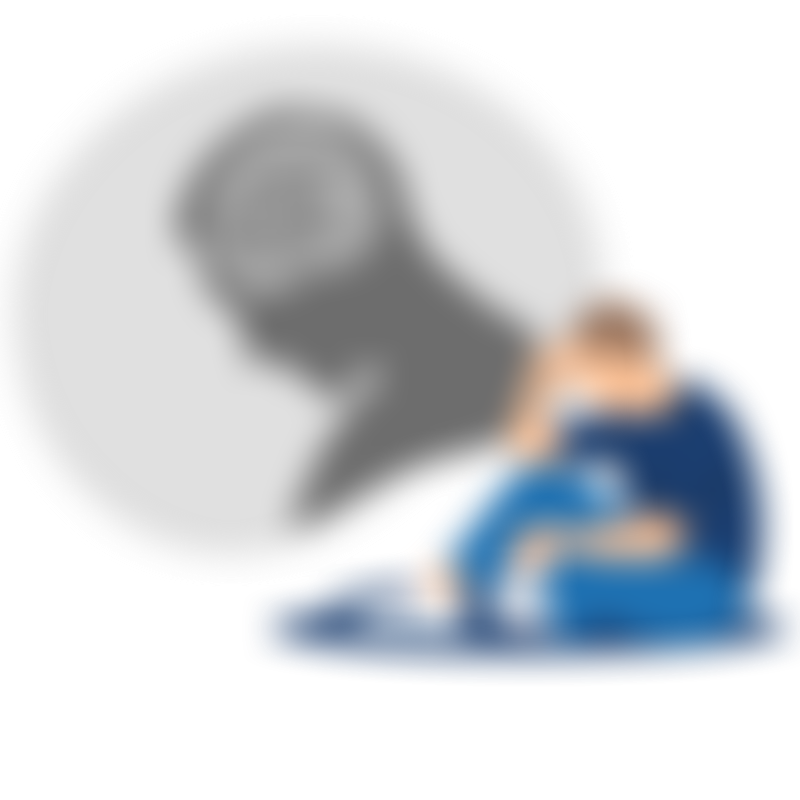

Hi, I’m Ryan from the USA. I was diagnosed with lung cancer before my 30th birthday.

I was having a cough that didn’t go away and chest pain. I was also tired all the time. I thought these symptoms were nothing serious and as a busy person, I didn’t seek medical attention immediately. Months later, when I finally saw a doctor, I was told I had stage 1 small-cell lung cancer (SCLC). That was in June 2020.

I was very angry upon learning the diagnosis. I felt like my world was shattered.

My doctor recommended chemotherapy and radiation therapy. I agreed with this treatment plan after advice from my family and friends. Having the plan in place, I felt optimistic. I felt like there was some sort of hope.
I first had chemo, then radiation therapy. I’m not totally sure on the duration or rounds of my treatment and my radiotherapy is still in progress. Other than these treatments, I’m also on pain medication.
Chemotherapy made me lose my appetite. It was horrible, honestly. I didn’t feel like eating my favorite foods anymore. However, I didn’t do anything to manage it. On top of that, I dealt with fatigue and hair loss too.

After treatment, I was told to take some specific foods but I was only somewhat compliant. And quite frankly, I didn’t like it.
I have not made much plans for anything the next two years. I wasn’t working when I found out about my diagnosis.

My biggest fear and concern is how to get enough money to pay for treatment. I’m covering the treatment costs myself. But I also get donations from friends and family.

My feelings haven’t changed since the diagnosis. I’m still as angry as I was then.

I wish I had known that it wouldn’t really be quite an easy journey. I wish I knew the side effects beforehand. I wish I knew what to do at every point in time. To other cancer patients, I would tell them not to dwell on the side effects of chemotherapy and also, never give up hope. Be strong, be courageous and have faith.
This patient's story is published and shared with their full consent. Any personal data that can be used to identify the patient has been omitted.
Click here for more information.